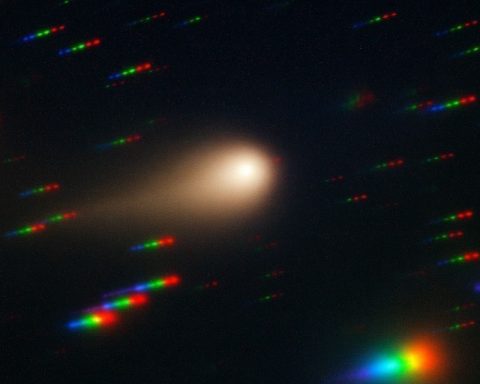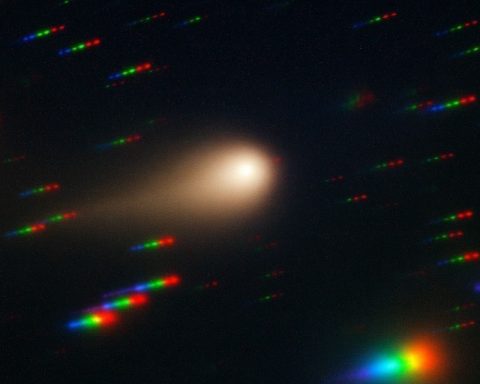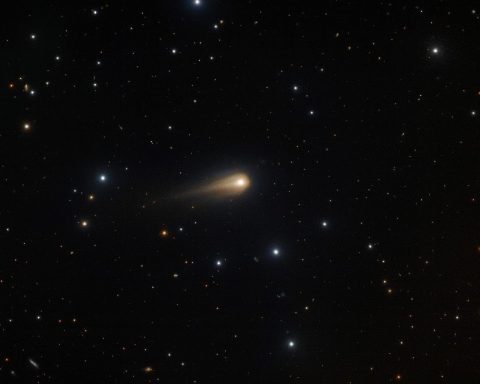
Night Sky Tonight (December 19, 2025): How to See Interstellar Comet 3I/ATLAS, Catch New Moon Darkness, and Get Ready for the Ursid Meteor Shower
Friday, December 19, 2025 brings a rare “headline night” for skywatchers: an interstellar comet is making its closest pass by Earth, the Moon is slipping into (or extremely near) a New Moon phase that darkens the sky, and the year’s










